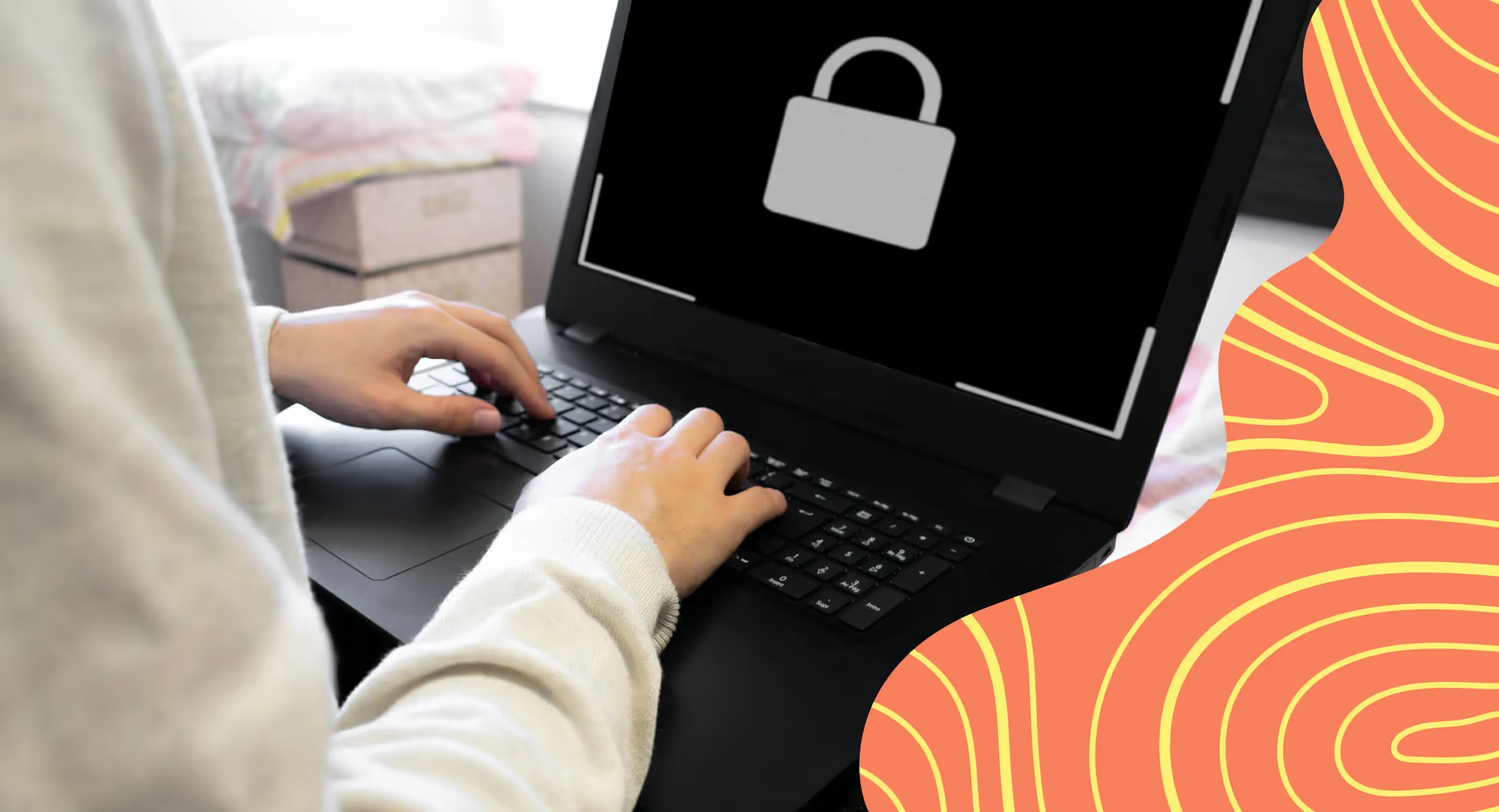Interest in remote work is continuing to rise. In recent weeks, Google searches for flexible, remote work have risen by 556%. With the benefits of remote work well known by employers and employees alike, more companies than ever are exploring global hiring. But equipping remote hires with everything they need to have a great employee experience is not quite as easy as sending them a new laptop. With the right tools and practices in place though, there are many simple things you can do to keep your employees happy and engaged.
When taking employee experience into account, one of the most impactful factors is the quality of employees’ workstations. Given that workers can spend 8+ hours a day at their desks, the usability of those workstations has a clear impact on their physical and mental wellbeing. Indeed, 77% of employees with good remote working equipment say they are satisfied working remotely, compared to 31% with inadequate equipment.
However, consistency is key. If some of your remote workers receive their equipment ready for day one, while others spend weeks working from their beds due to equipment delays, you have unintentionally tiered the employee experience.ensure every employee has the same experience
Here are four ways to ensure every employee has the same experience, whether they are remote, hybrid, or working from a fully-equipped office.
1. Set clear policies for teams
Physically transporting equipment to new hires can be painstaking and difficult. But a remote software developer in Bali needs all the same gear as your office workers in San Francisco, even if it’s harder to get the equipment there.
By setting equipment policies for each team, you ensure that the only differences in equipment are down to the needs of each department, rather than logistical difficulties in team members’ work locations.
Things to consider when creating team equipment policies:
- What specific products does each team need in order for team members to carry out their roles effectively? For instance, client-facing teams like sales and customer success will need different products than software developers.
- What is an appropriate budget for each team? Some departments will inevitably require more expensive resources to get their best work done.
2. Accommodate to offer the same experience
When designing team policies, it is still important to take individual circumstances into account.
Some team members may require specialist support. If a team member suffers from back pain, for example, they may need a specialized ergonomic chair. It’s important to provide every team member with what they need to feel equally supported.
It shouldn’t be assumed that every remote worker has a quiet spare room to use as a home office either. Team members could easily be working from a small bedroom, or with the noise of family/housemates surrounding them.
Consider hardware solutions to solve these issues, such as folding desks and noise-cancelling headphones.
3. Standardize onboarding
Every employee deserves an equal onboarding experience, no matter where they are.
However, logistical problems in unfamiliar regions can delay arrival times by weeks or even months. If some employees receive their equipment on time while others are forced to work from their beds on personal devices because they are based in a more remote area, your onboarding experience is inherently unequal.
You have two options for preventing inconsistency:
- Internally figure out the logistics for every region you hire in before sending equipment there. This is time-consuming and difficult to scale.
- Work with a global equipment provider that takes on responsibility for the logistics.
4. Ensure wifi consistency
There’s no point in providing a high-spec, shiny, ergonomic set-up if your new hire can’t connect to the internet properly.
Encourage your remote team members to test their internet speed during their onboarding. This will help you spot which employees need additional support before their productivity suffers.
Consider providing wifi range extenders to those whose internet needs strengthening. Depending on where your team members are based, you may need to subsidize this cost. For instance, if you have remote workers in Mexico who require strong internet for remote working, you are legally obliged to subsidize this cost.
Deliver an exceptional onboarding experience
As employee interest rises and more companies shift to remote and distributed work, providing global consistency when equipping remote teams is a key component of the employee experience and shouldn’t be overlooked.
To learn more about how Hofy can help you improve your employee onboarding experience, check them out here.
About Oyster
Oyster is a global employment platform designed to enable visionary HR leaders to find, hire, pay, manage, develop, and take care of a thriving distributed workforce. Oyster lets growing companies give valued international team members the experience they deserve, without the usual headaches and expense.

















